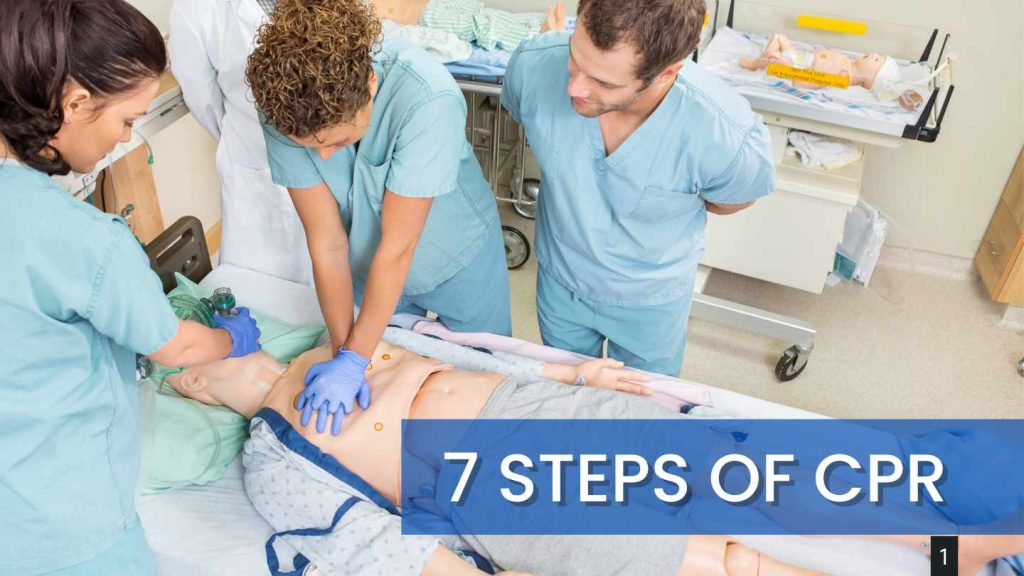- Oak Brook:(630) 705-9999
- Chicago:(312) 920-8822
- Email:inquiry@vervecollege.edu
- Make a Payment
- Home
- Programs
- Admission
- Resources
- ATI Entrance Exam Resources
- New E-Digital Library
- Refer a Friend
- School Newsletter
- Events
- Employers
- Job-Network
- Alpha Beta Kappa Candidates
- Verve College Library
- Graduation and Pinning Ceremony Photo Galleries
- Textbook Information
- Career Services
- Tutoring
- School Catalog
- FAQ
- Constitution Day Program
- Alumni
- Verve College Plans
- Financial Aid
- HEERF Reporting
- Satisfactory Academic Progress
- Apply For Financial Aid
- Net Price Calculator
- Return of Title IV Funds (R2T4)
- Financial Aid Office Code of Conduct
- Contact
- FAQs
- Verification Policy
- Vaccination Policy
- Student Right-to-Know Act
- Misrepresentation
- Information Security Program
- Academic Award Year
- Availability of Employee
- Cost of Attendance
- Health & Safety Exemption Requirement
- Students Rights and Responsibilities
- Leave of Absence
- Pell Formula
- Military Students
- Grants/ Scholarship Policy
- Contact Us
- Testimonials
- Blog
Is a Nursing Career Right For You?
Take The Free Quiz
What Are the 7 Steps of CPR? Explained
What Are the 7 Steps of CPR? Explained
CPR stands for cardiopulmonary resuscitation. It is a technique used to save lives when someone’s pulse stops. Anyone can perform CPR, no matter their age or size.
CPR is performed in seven steps: check for danger, call for help, check the victim’s airway (if available), give two rescue breaths to the victim, perform chest compressions at clinical sites & nursing homes, and switch roles with the compressor if available in health care settings & long-term care facility. Continue compressions until advanced medical help arrives in healthcare facilities.
Licensed practical nursing programs not only offer comprehensive high-quality education but also equip their busy students with essential lifesaving techniques such as CPR. As part of the curriculum, students can learn and gain practical training & got to know what are the 7 steps of CPR so they are well prepared in case of emergencies.
Don’t panic if you are in a situation that requires CPR. Follow these seven easy steps to help save a person’s life.
What Are the 7 Steps of CPR?
Call 911 to Initiate CPR
Knowing how to perform CPR correctly could save a life in an emergency. You must act fast and follow the correct steps until help arrives. Call 911 to alert medical personnel, who can then instruct you on what to do.
If you need to, give CPR after calling 911. There are many techniques available, and the right one must be used. Don’t panic, but take the appropriate actions as quickly as possible.
Checking the Pulse and Breathing of the Patient is Step Two
CPR is a skill that can save lives. After assessing the person’s health, the second step is to check their pulse and respiration. CPR is usually performed in two steps: chest compressions and rescue breaths.
To administer CPR correctly, you must first check if a person is conscious and breathing. You can do this by pressing on the side of the neck. CPR should be initiated immediately if the person shows no signs of circulation or breathing. CPR can save many lives by healthcare providers. Everyone must learn how to do it.
Clear the Airways of the Person
Remove any obstructions from the mouth that may have blocked airflow. It is dangerous to reach into someone’s mouth and remove obstructions. Use special tools for this.
Start Chest Compressions if the Person Does Not Breathe. Push Down on the Chest 100-120 Times Per Minute
CPR (cardiopulmonary resuscitation) is a technique that can save a person’s life when they are not breathing. CPR is necessary in such emergency situations to reactivate the body’s normal processes.
To perform CPR:
- Begin chest compressions.
- Use a metronome to time your compressions.
- Remember to count aloud to keep track of the compressions.
Turn the Person on Its Side if They Start to Cough or Vomit. This Will Prevent Them From Choking on Their Vomit
It is important to remember that CPR can be used only when necessary.
This can happen when someone begins to cough or vomit, as they may choke on their vomit. To prevent this, turn them onto their side. This will direct any vomit they expel away from their airway and into their mouth.
Continue to Compress the Chest Until You or an Emergency Medical Professional Arrives
CPR can be life-saving in an emergency. CPR is a skill that can save lives in medical emergencies.
Monitor the Breathing and Pulse of the Patient Until Medical Assistance Arrives
CPR is a vital step to take if someone has stopped breathing. It helps maintain oxygen in the brain & vital organs until help arrives.
As soon as the person starts breathing independently, keeping an eye on both the pulse and breathing is essential. CPR should continue until medical assistance arrives. Monitoring their breathing and pulse rate can help ensure their condition doesn’t worsen or become unstable.
Learn CPR Today
You should start chest compressions if they do not have a heartbeat. Push down on their chest 100-120 times per minute. Roll the person on their side if they start coughing or vomiting so they do not choke. When the person begins to breathe again, or when medical assistance arrives, monitor their breathing and continue checking their pulse until professional or any vocational nurse help arrives in a variety of healthcare settings.
Learning CPR is an indispensable skill that could save lives in emergencies, and individuals looking to acquire this essential capability should consider enrolling in night and weekend LPN programs at community colleges to gain clinical experience.
You Can Save Lives by Yourself
We are dedicated to offering affordable and quality prerequisite courses to give you a hands-on experience at the best LPN school near me (nursing school) for your successful career.
We offer clinical classes to all our students including clinical rotation, scope of practice, hands-on training with all preparation of NCLEX-PN exam (licensure exams). Contact us today by at (312) 920-8822.
 Sign up
Sign up Login
Login




